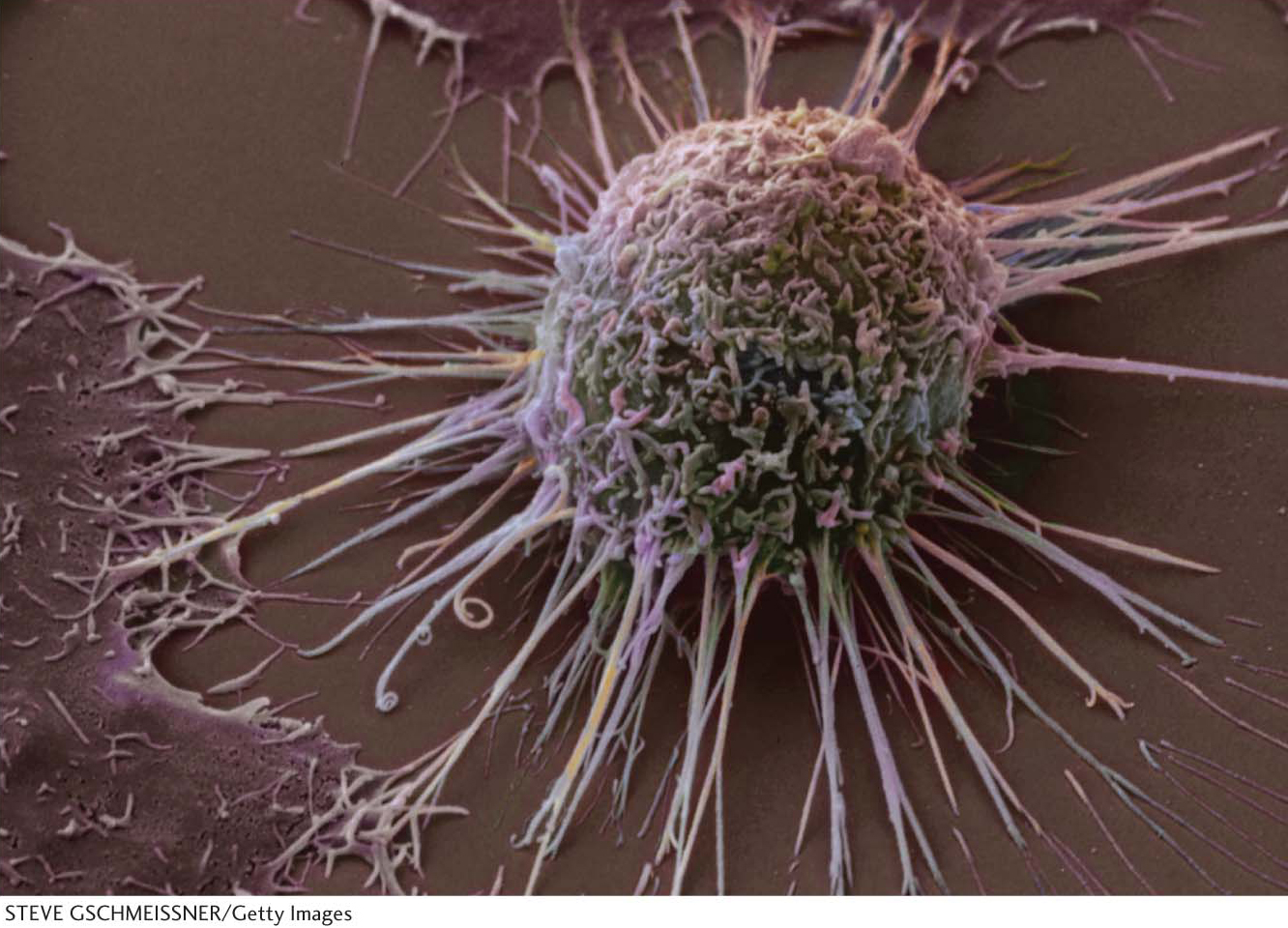Nucleic Acid Structure and DNA Replication
605



Thus far in our study of biochemistry, we have focused on the extraction of energy from fuels and the synthesis of fuel stores for later use. We have examined the metabolism of many small molecules, including carbohydrates, amino acids, and nucleotides. In this section and the following ones, we will examine how energy and small molecules are used to construct the macromolecules of biochemistry. Nucleic acids—
To preserve the information encoded in DNA through many cell divisions and prevent the introduction of mutations, the copying of the genetic information must be extremely faithful: an error rate of less than 1 base pair (bp) per 3 × 109 bp is required. Such remarkable accuracy is achieved through a multilayered system of accurate DNA synthesis, proofreading during DNA synthesis, and repair after replication.
Even after DNA has been replicated, the genome is still not safe. A variety of environmental elements can damage DNA, introducing changes in the DNA sequence (mutations), or cause lesions that can block DNA replication. All organisms contain DNA-
606
We begin our study of nucleic acids by focusing on structure. Especially noteworthy is the double-
✓ By the end of this section, you should be able to:
✓ 1 List the components of nucleic acids.
✓ 2 Describe how DNA is packaged to fit inside the cell.
✓ 3 Identify the enzymes that take part in the process of DNA replication.
✓ 4 Describe how replication is organized, and distinguish between eukaryotic replication and bacterial replication.
✓ 5 Explain the mechanisms that ensure the fidelity of DNA replication.